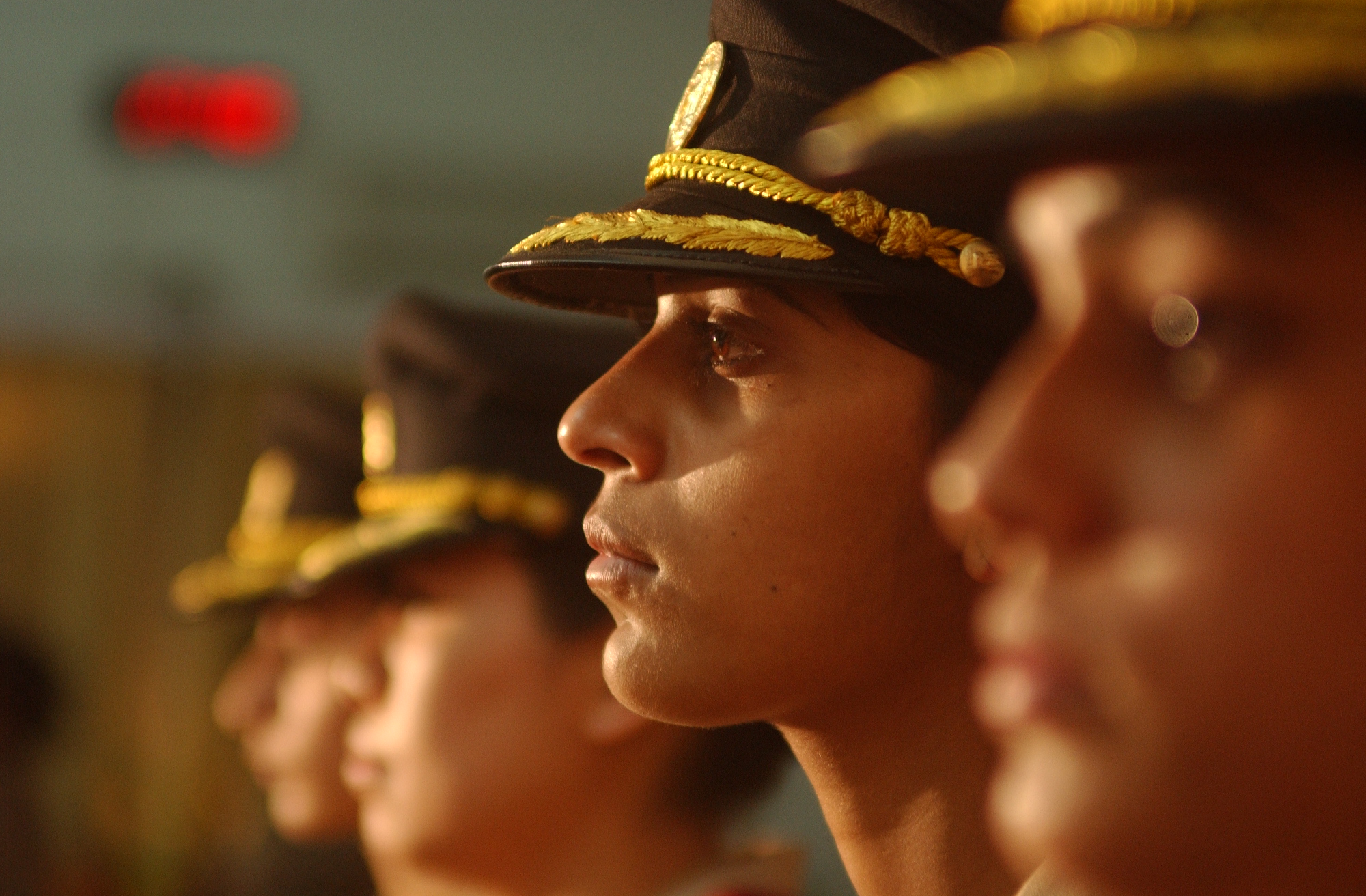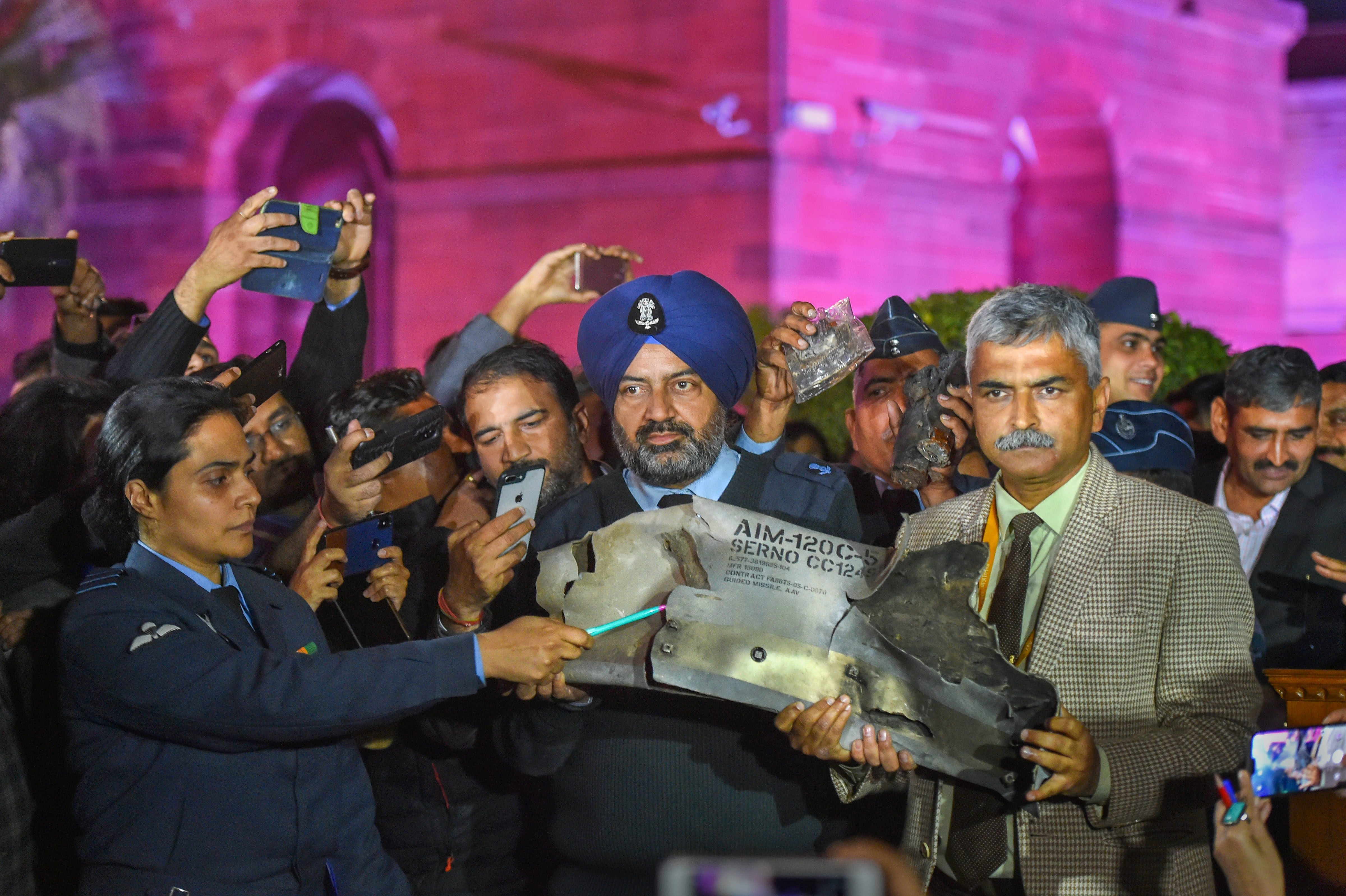The robust military response to the Pulwama suicide attack in February by an air strike in Pakistani territory has assuaged public anger for the time being. However, there is an uneasy stand-off that has highlighted the limits of the preparedness and capabilities of our armed forces. These deficiencies need immediate remedial action. While presenting the interim budget on February 1, the finance minister had sounded upbeat when he announced that he was allocating more than three lakh crore — the highest amount so far for the defence sector. He added that his government had spent Rs 35,000 crore for defence pensioners’ one rank one pension scheme. He mentioned in passing that should there be a requirement for emergency spending for operational reasons by the armed forces, the government would make available the necessary funds.
In recent years, defence budgets have had a low priority and the forces feel that their needs have not been met on every occasion. So is the case this time as well. In a nod towards the oft-quoted deficiencies, the defence ministry announced on the evening prior to the budget that it had cleared the acquisition of six submarines and 5,000 Milan anti-tank guided missiles. A few days later, it was announced that 74,000 modern assault rifles would be purchased as well. What does a layman make of these figures? Very little, given the paucity of informed debate.
Let’s begin with the defence budget figures of three lakh crore. Of this, one-third, that is over one lakh crore, is for capital acquisition, meaning modernization. This, in turn, is divided among the three services, with almost 40 per cent allotted to the air force and approximately 25 per cent each to the army and the navy. The balance 10 per cent appears to be for common assets. Large capital expenditures, such as for new submarines, are spread out over a number of years. Partial allocations on a year-to-year basis are thus normal. The revenue part of the budget, the day-to-day expenditure on training, maintenance and salaries, comprises the other two-thirds of the allocation. The army, which has the maximum manpower, gets approximately 55 per cent, the air force about 23 per cent, the navy 15 per cent, with the balance being set aside for the Defence Research and Development Organisation. The pension bill of ex-servicemen in recent years is budgeted for separately to take care of the increase due to OROP. This overall figure comes to about 2.2 per cent of the country’s gross domestic product. The services would prefer this to be enhanced to 3 per cent, but India can ill afford such expenditure.This is the crux of the problem.
What is needed is an overall defence review to prioritize the security threats to the country and configure force levels accordingly. The present growth is incremental and ad hoc. It is a moot point whether air and sea threats get as much priority as the army. We are preparing to face a two-front war with collusion between our two major opponents on the western and eastern borders. The problem is that the armed forces prepare themselves according to the adversary’s capabilities and the government decides the defence posture based on the assessed intentions. The gap in perception between the armed forces and the civilian leadership stems from this. (Sometimes the assessment of intentions can go horribly wrong: think of 1962.) It is not as if the services are unaware of this. The army, which is manpower intensive, realizes that it needs to reduce its strength for greater effectiveness. Recently, the army chief established four high-powered committees to recommend modernization of the force with a view to enhance its capability in terms of organization and manning and, at the same time, effect a reduction of 100,000 personnel to better utilize the limited budgetary allotment. The results should be seen shortly.
What else can the services do? At the cost of oversimplifying, among other measures, the teeth to tail ratio, including supply chain management, needs reduction. The Shekatkar Committee, which was appointed by the defence ministry, had made some useful recommendations. These need to be implemented more vigorously. The army, in particular, is called upon far too often and unnecessarily to do the tasks of the police. The Northeast would vouch for this. For example, one can understand the need for the Armed Forces (Special Powers) Act in Jammu and Kashmir. But it is also in force in many parts of Northeastern states. If there is political will and sagacity, Tripura’s example could be emulated by creating conditions to do away with the need for this law. Similarly, the ‘Make in India’ programme needs impetus to reduce unnecessary dependence on importing simple items.
India can ill afford heavy expenditure on defence. An adequate balance has to be struck between development and security. This is the need of the hour.













